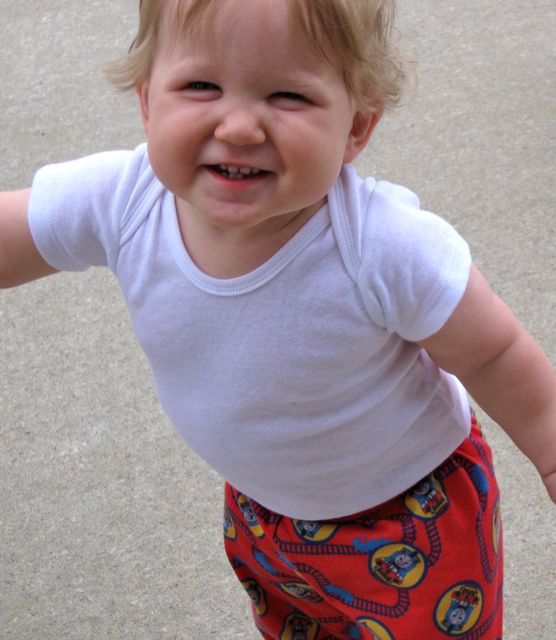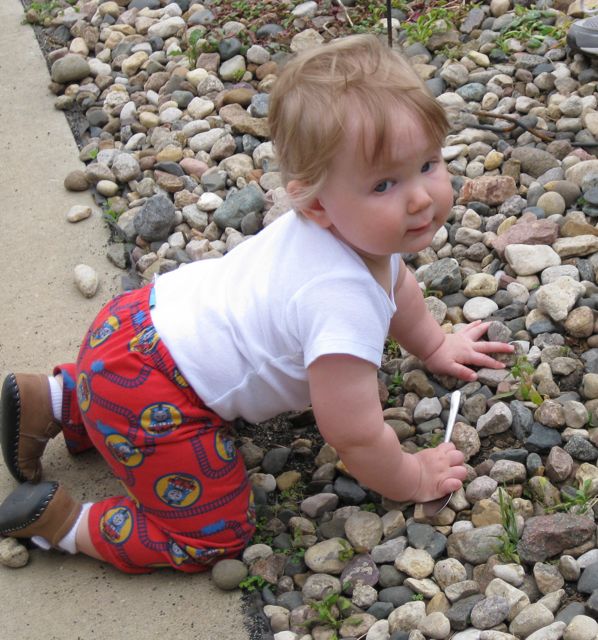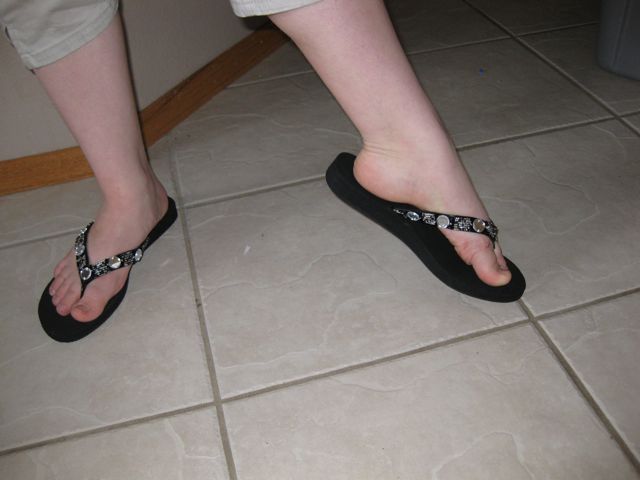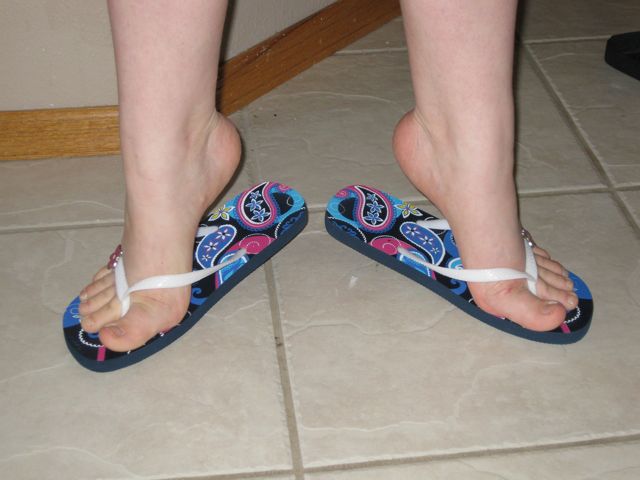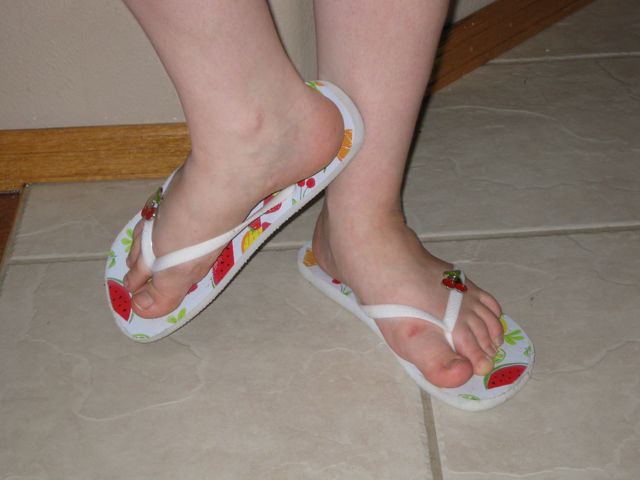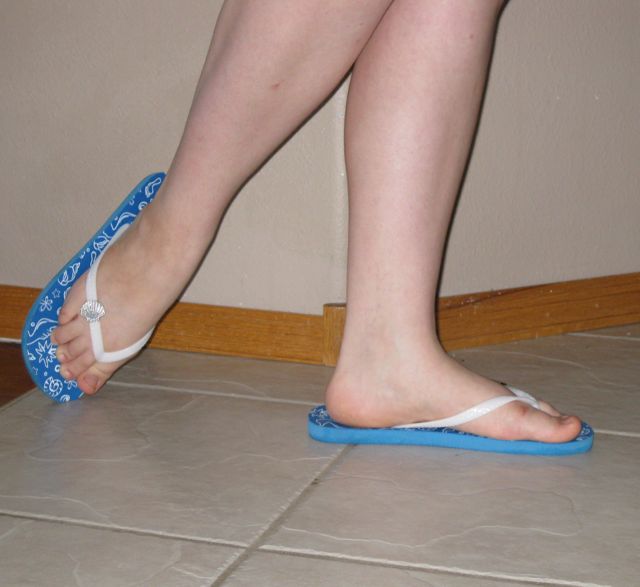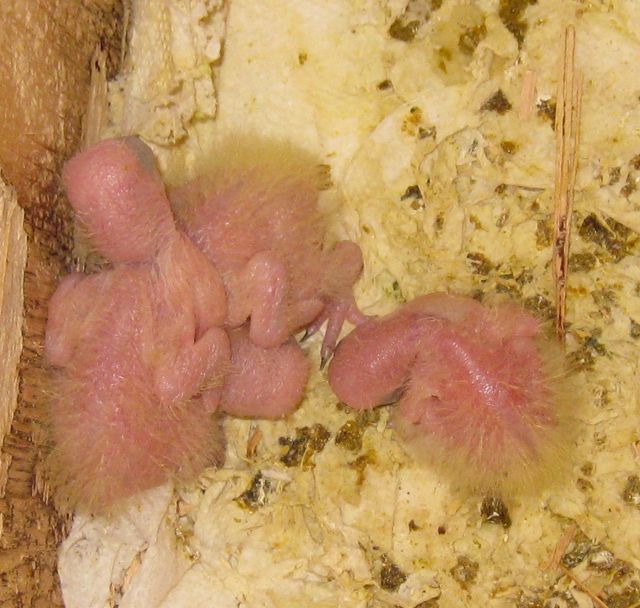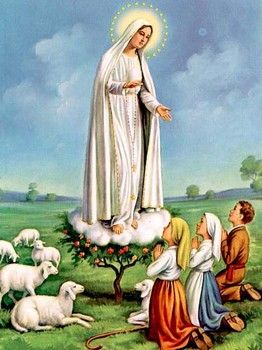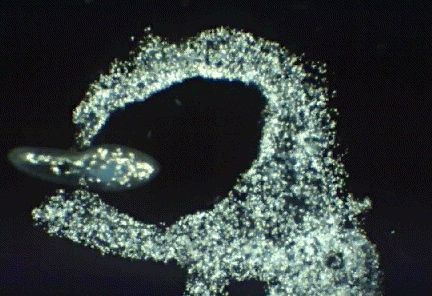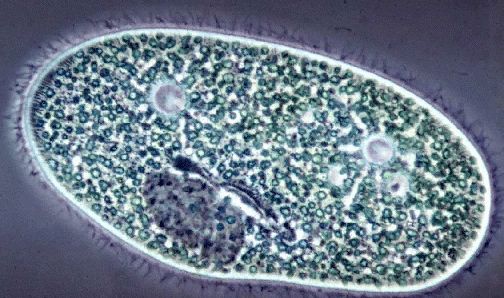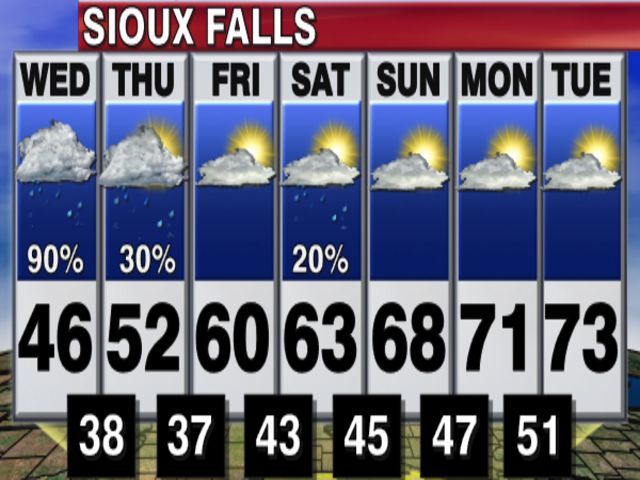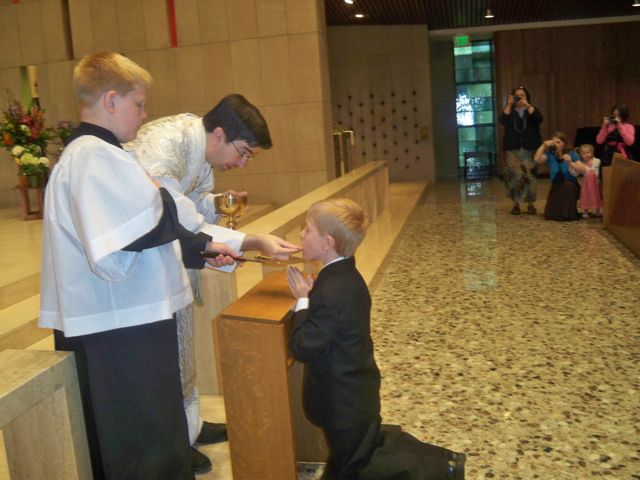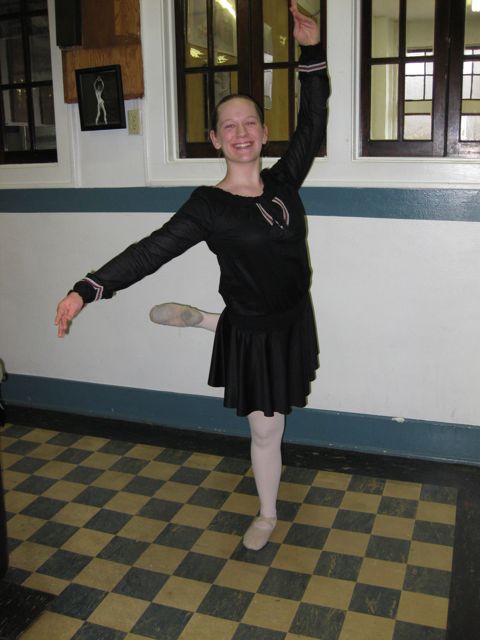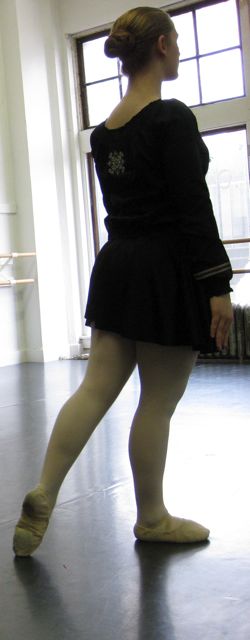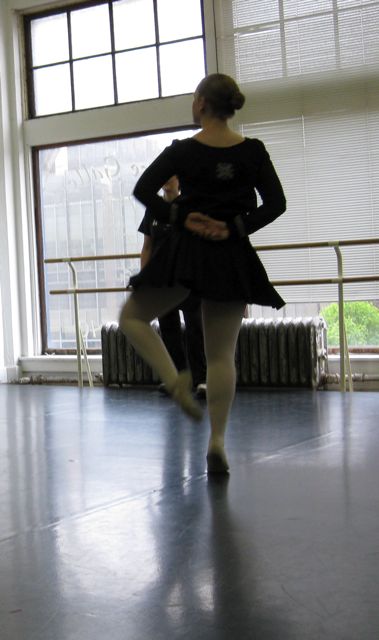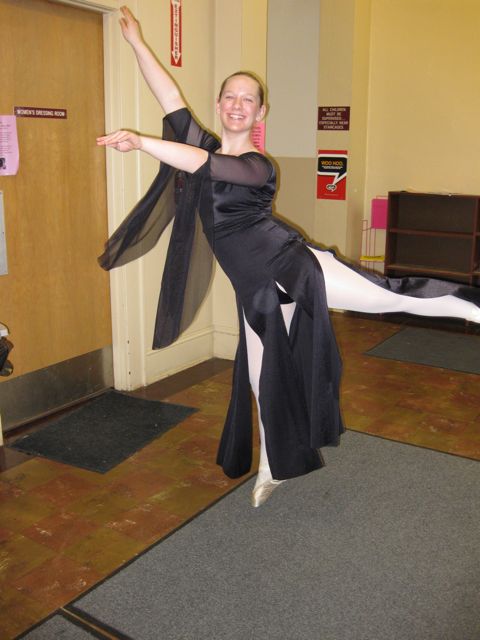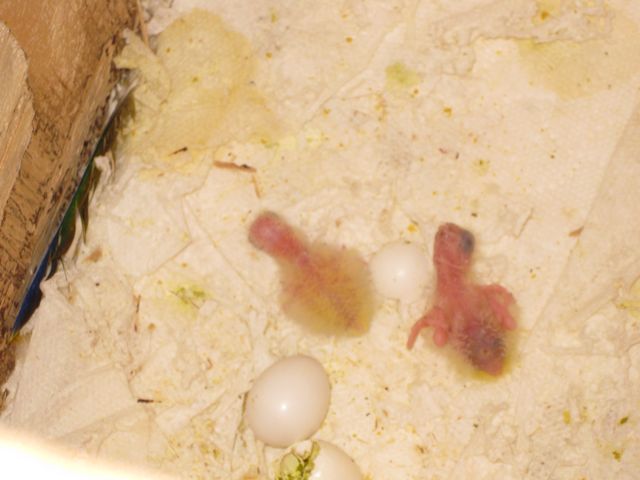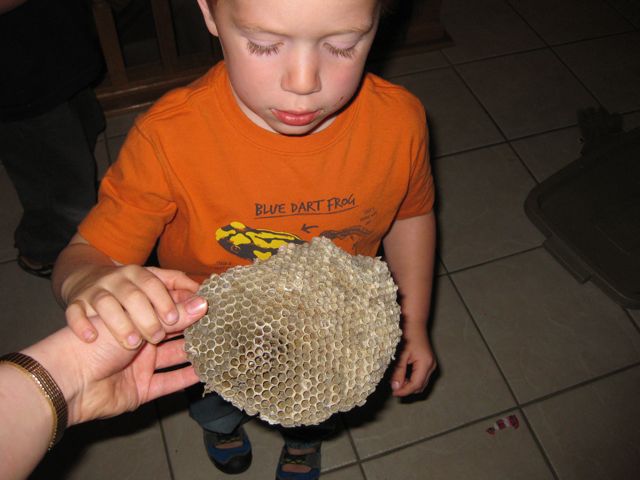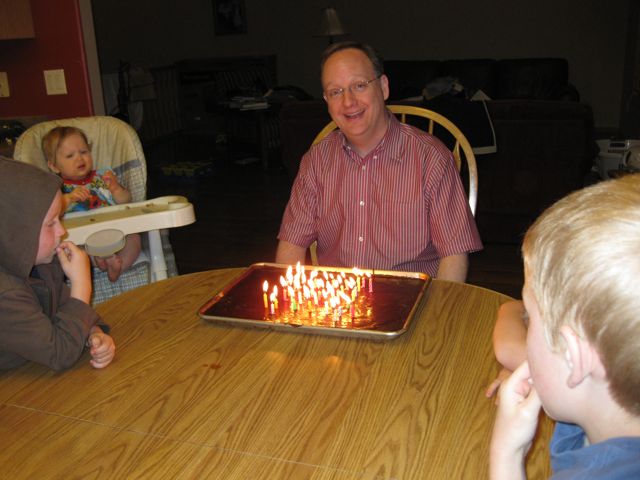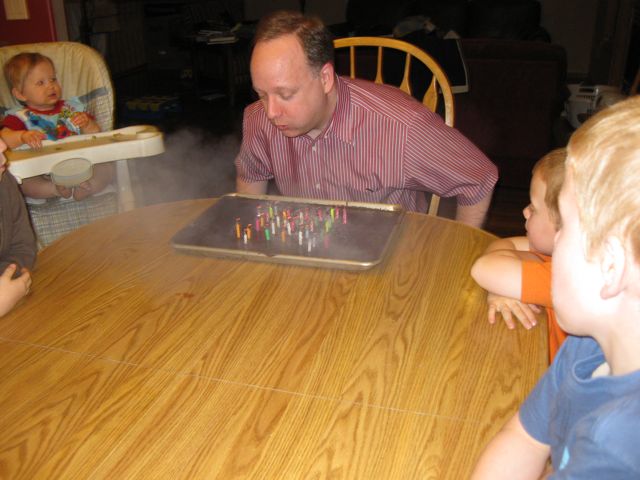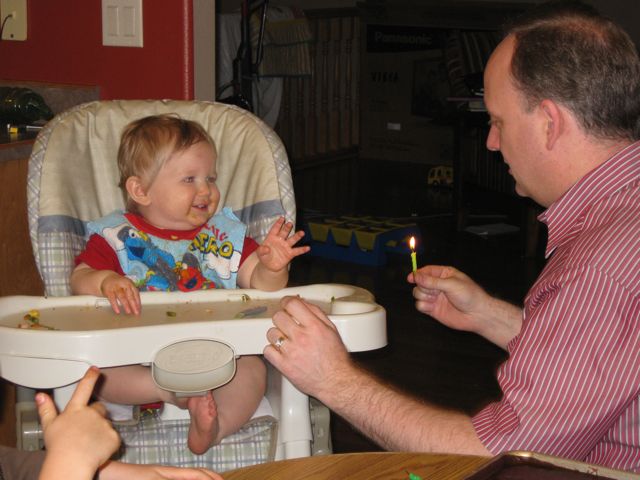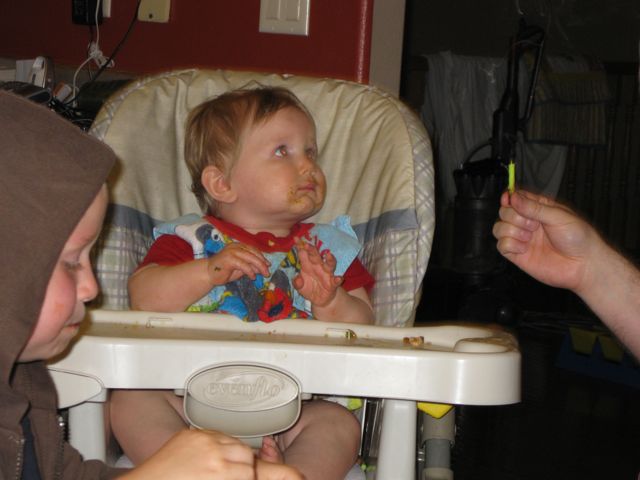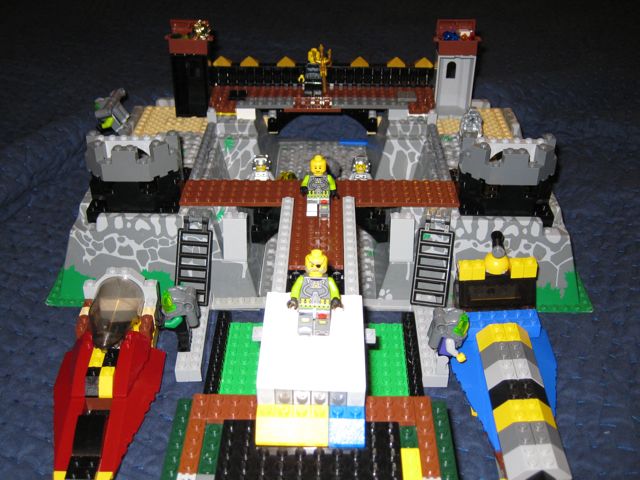Author: Sarah
Flip Out!
J+M+J
We were at the store just in front of the main doors where there was a stand of flip flops. Maria had been itching all week to get some, and now she had just made her selection. Mom and I had also chosen a pair each, since they were only 2.50. As we proceeded through the store, we came upon another stand of flip flops, all different styles from the first and under five dollars each. We began to look through them eagerly, deciding which ones we would buy.
“Sarah, here’s some more over here,” Mom said, standing by an entire wall of flip flops.
“Ooh,” I said, as I turned around and saw wall of shoes behind me. I walked around the shelf, and found another, and another, and yet another wall of flip-flops. I was amazed at the vast selection, and I realized that this was why I never see the same pair twice on the feet of other girls. I raised my eyes and saw a large, brightly colored sign above my head that said: ‘FLIP OUT!’. That pretty much sums it up.
We ended up with several different varieties, all really cute with little ornaments on them:
A+M+D+G
Feast of Our Lady Of Fatima
J+M+J
Today marks the 93 anniversary of the first visit to Lucia Santos and Jacinta and Francisco Marto. The story of the Fatima children has always been one of my favorites. I had a book on Blessed Francisco and Jacinto, and I read over and over again about how the Blessed Virgin had appeared to three children nearly my age, how they had courageously refused to reveal Mary’s secrets even when the authorities had taken advantage of their young age and gullibility and threatened them with death in a pot of boiling oil. And finally, the conclusion of the apparitions with the amazing miracle of the dancing sun.
Our Lady of Fatima, Lady of the Rosary: pray for us!
A+M+D+G
Protista
J+M+J
Right now, I’m studying for a biology test on the Kingdom Protista, which contains algae and protozoa. They are both single celled organisms, but algae usually make their own food with photosynthesis and float in colonies wherever the water they live in pushes them. Protozoa, however, eat other organisms, usually have a way to move about, and generally don’t form any colonies.
I have learned a couple ways that people use protista, and most of them aren’t very appealing. For example, there’s a type of algae from phylum Chrysophyta (have to remember all the phylum names on the test) called diatoms that have a very hard cell wall, and when the diatom dies, the cell wall still remains and becomes fossilized. When there is a bunch of these cell wall remains clumped together, it is called diatomaceous earth, which is put into our toothpastes! Another algae contains alginic acid, or algin, which is used in puddings as a thickener.
I also have to study about all the harmful and parasitic protista, of which there are many. Malaria is caused by a protozoa in the phylum Sporozoa, genus Plasmodium. And when a dinoflagellate algae (phylum Pyrrophyta) such as gymnodinium brevis blooms or suddenly becomes very populous, it causes red tides which are deadly to the fish that live in the water and people that eat infected animals.
Each phylum has a different method of locomotion that I have to memorize, and I also have to identify a picture of a protista. This is where it gets really interesting. Take this amoeba of phylum Sarcodina:
In this picture it is engulfing a Ciliophora, which it will then devour, dissolving it with chemicals and absorbing it! The amoeba moves by squishing out bulges from its body called pseudopods, and then pulling itself along with them.
Here’s another protozoa, a Ciliophora like the one the amoeba is eating. They move by beating their cilia; those threadlike hairs that are all around their body.
A+M+D+G
John’s First Holy Communion
J+M+J
Johnathan received Our Lord for the very first time Sunday, which was also Mother’s Day.

Johnathan looked so grown up and handsome in his suit, but he wasn't very comfortable in it. In the morning before Mass I asked him how he was feeling (I expected him to answer 'excited' or something like that). He replied: "Hot."
A+M+D+G
I Made it to the Streets!
J+M+J
Well, I was able to leave the high school parking lot and drive up and down a street without any traffic. I also got to 15 miles an hour, six times my last speed!
A+M+D+G
Biology Dissection
J+M+J
I’m doing biology this year, and so have been going to a dissection class with Landon and a bunch of other homeschoolers. There are three classes, and the first time we did the classic frog. This week, the second class, we did a cow’s eye and a sheep brain. (I made the pictures really small so you only have to see them if you want to. Click them to see full size.)
The cow’s eye was a little intimidating at first, looking at me right there on the plate, but once we got into it, it was really interesting. We took off the cornea first (protects the eye), and then the iris, (gives the eye it’s color and controls the amount of light entering) and then the lens (focuses light). The cornea was a thin and clear layer covering the entire eye and I was thinking of it as I took out my contacts at night. Next we found the optic nerve, which carries messages from eye to brain.
![]() The white circle in the center of this picture is the optic nerve, which sends images to the brain. It is cushioned by many layers of fat and muscles for protection because if you damage it you can’t see.
The white circle in the center of this picture is the optic nerve, which sends images to the brain. It is cushioned by many layers of fat and muscles for protection because if you damage it you can’t see.
The retina, where the colors and details of the picture is detected, was especially interesting. It was shiny and looked like the inside of a mother of pearl shell, which I never expected.
The sheep brain wasn’t quite as interesting as the eye because pretty much the only thing to see is the cerebrum (the front half that controls most voluntary movement) and the cerebellum (the back half that holds memory and small motor skills).
A+M+D+G
